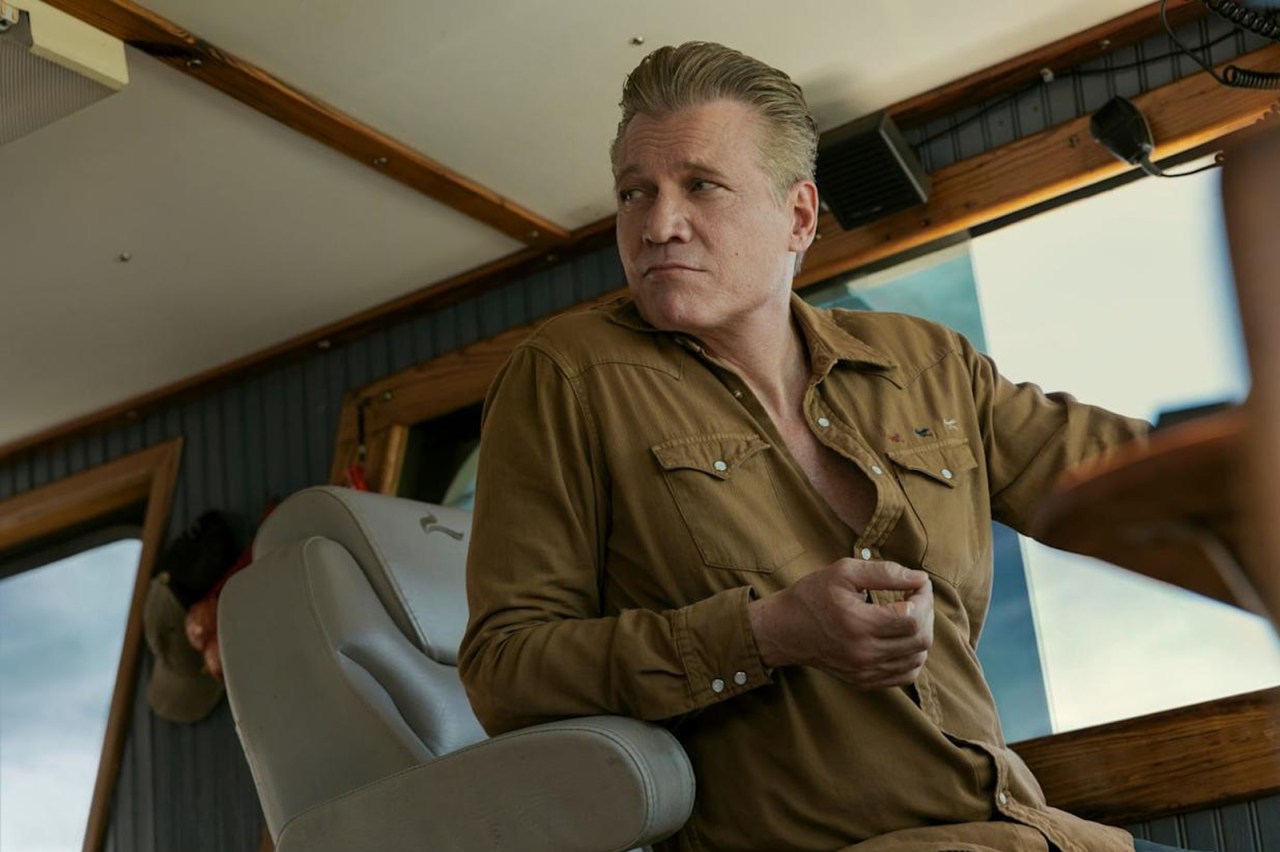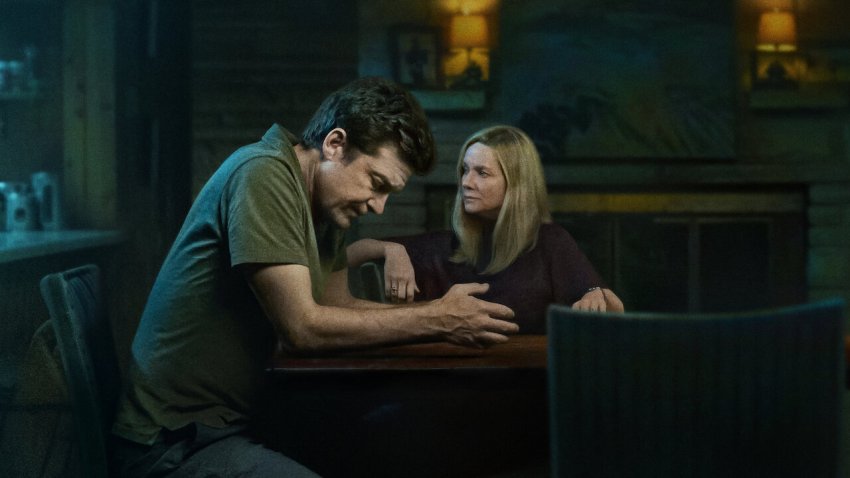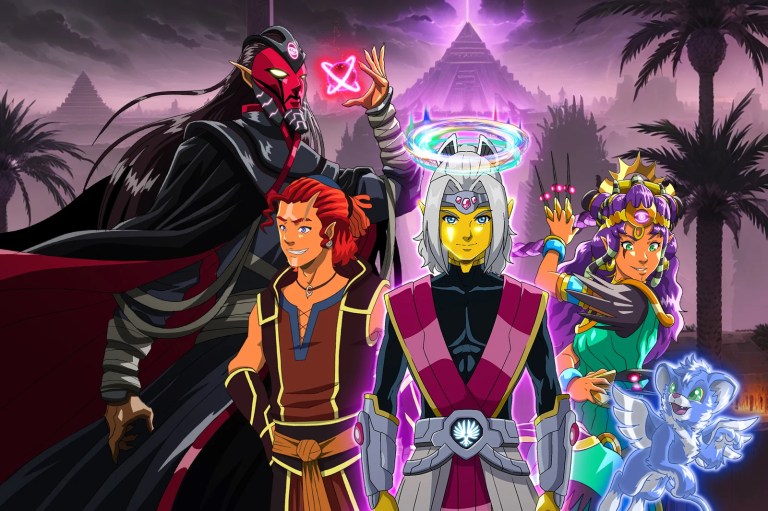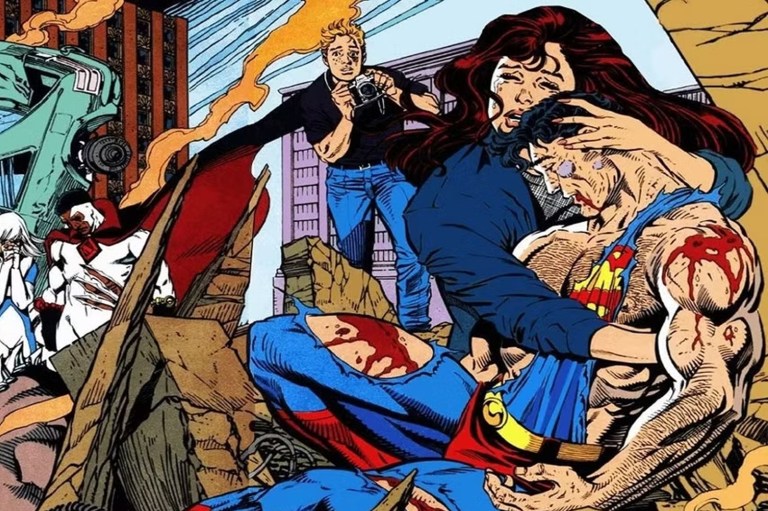
7 Ways Netflix’s New Crime Drama ‘The Waterfront’ Reminds Us Of ‘Ozark’
Here are seven ways both shows nail that whole "family destroying itself for love" thing.
By ![]() Mishal Zafar
Mishal Zafar
Netflix’s The Waterfront is basically Ozark with a fishing boat instead of a money laundering scheme.
Netflix just dropped another family drama that has viewers doing double-takes. Kevin Williamson’s The Waterfront, inspired by true events, carries the same gut-punch intensity that made Ozark such compulsive viewing. Sure, one family launders cartel money while the other fights to save a fishing empire, but dig deeper and the parallels become impossible to ignore. You’ve got gorgeous locations where horrible stuff happens. And you’ve got that sinking feeling that everyone’s screwed no matter what they do. Coastal North Carolina isn’t the Lake of the Ozarks, but the desperation tastes exactly the same.
1. Ordinary Families, Extraordinary Desperation

The Byrdes seemed like typical suburbanites until Marty’s money laundering scheme exploded their comfortable life. Fast-forward to Havenport, North Carolina, where the Buckleys represent something equally American — the working-class family that built everything from scratch. Harlan Buckley’s two heart attacks have left their multi-generational fishing business vulnerable, forcing wife Belle and son Cane into uncharted territory to keep things afloat.
What hits hardest about both shows? These aren’t inherently evil people. The Byrdes wanted financial security. The Buckleys want to preserve decades of backbreaking work. Yet circumstances keep shoving them toward choices that would horrify their younger selves. That relatability makes every moral compromise sting more.
2. Picture-Perfect Settings, Rotten Cores
Lake of the Ozarks screams “perfect family vacation” until you notice all the bodies. Havenport’s got that same fake-pretty thing going — a postcard-worthy fishing town where everyone’s slowly poisoning each other with lies and desperation.
Both places work because they’re isolated enough for crazy stuff to happen, but normal enough that nobody looks too close. Small towns where everybody knows everybody, which sounds cozy until you realize that means nowhere to hide when things go bad.
3. Patriarchs Who’d Burn the World Down
Marty Byrde and Harlan Buckley share DNA that has nothing to do with genetics. Both men operate under the twisted logic that protecting family justifies almost anything. Marty’s calculating approach differs from Harlan’s traditional patriarchal energy, but the core drive remains identical — family first, morality second.
The most chilling moments in both shows come when these fathers cross lines they never imagined approaching. Their love becomes toxic, their protection becomes imprisonment, and their good intentions pave roads to very familiar destinations.
4. When Business Becomes Everything
Money laundering operations and fishing empires might seem worlds apart, but both represent the same thing: family identity wrapped up in enterprise. The Byrdes’ various fronts aren’t just businesses; they’re survival mechanisms. Similarly, the Buckleys’ restaurants and fishing operations represent generations of struggle, sacrifice, and pride.
Losing these businesses means losing everything that defines them. The Byrdes can’t simply walk away from the cartel without consequences. The Buckleys can’t let their empire crumble without watching their family’s entire legacy disappear. When your identity becomes your business, protecting one means protecting both at any cost.
5. Pressure Cookers Set to Explode

Neither show lets anyone breathe. Just when the Byrdes think they’ve solved one cartel crisis, three new threats emerge. The Buckleys face a similar escalation — every attempt to stabilize their situation creates fresh complications. External enemies circle while internal family tensions threaten to tear everything apart from within.
This relentless pacing keeps viewers glued to screens, but it serves a deeper purpose. Constant pressure forces characters into snap decisions that reveal their true nature. No time for careful moral consideration when survival depends on immediate action.
6. The Slippery Slope to Hell
The Waterfront is all about finding the “lesser evil” when there are no good choices left. Characters make mistakes, do bad things, then get sucked deeper into situations they never saw coming. Sound familiar? The Byrde family’s downward spiral follows the exact same playbook.
Both shows excel at showing how good people become capable of terrible things. One small compromise leads to another, then another, until characters look in the mirror and barely recognize themselves. Williamson notes that sometimes his characters “find their way out and do the good thing,” but that hope feels increasingly distant as stakes climb higher.
7. The Impossible Dream of Clean Slates
Marty Byrde moved his family to the Ozarks, hoping for a fresh start, only to discover that criminal pasts don’t stay buried. The Buckleys face the inverse problem—their legitimate empire carries its own baggage, and current desperation threatens to destroy everything they’ve built across generations.
Both shows hammer home the same brutal truth: there’s no outrunning consequences. The Byrdes can’t simply quit the cartel. The Buckleys can’t abandon their life’s work without watching their family name turn to dust. Past decisions and present desperation create inescapable traps where every exit leads to another dead end.
Fresh starts remain tantalizing mirages — visible but never reachable, driving characters toward increasingly desperate measures in pursuit of something that might not exist.











